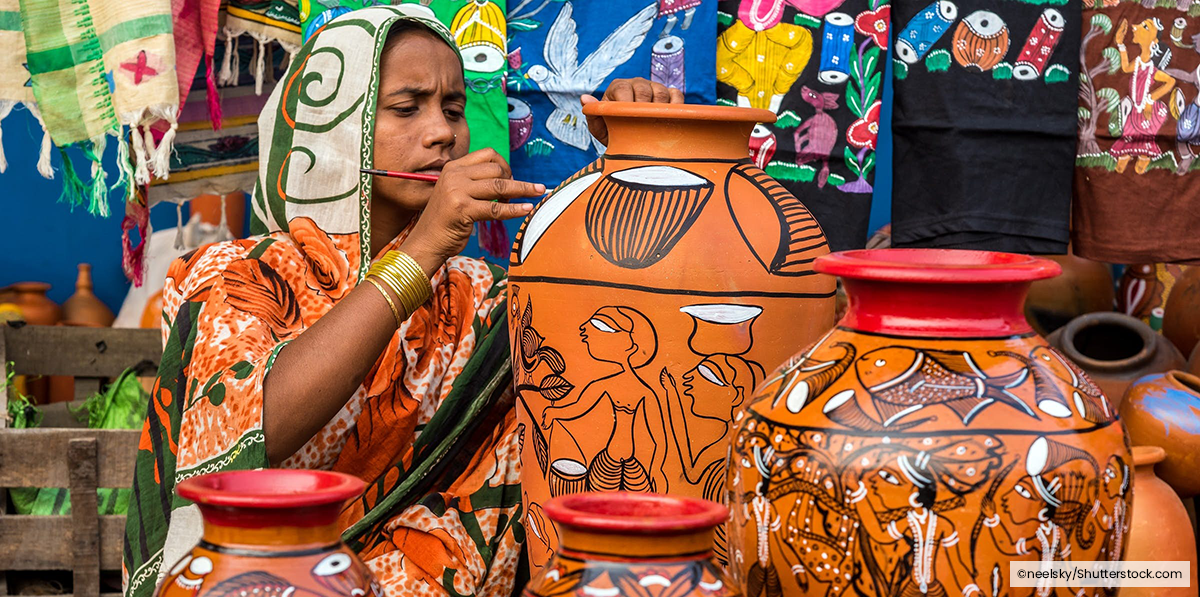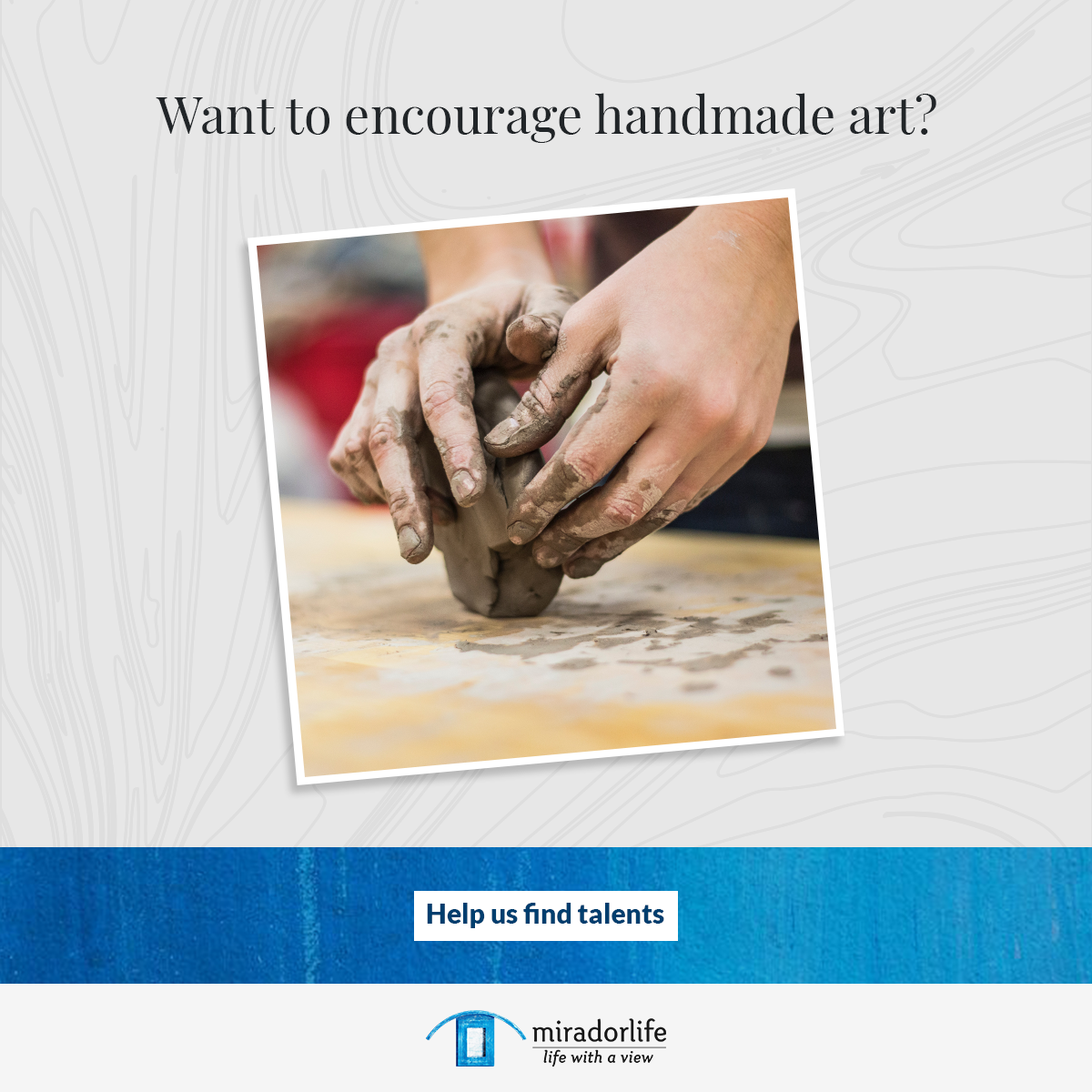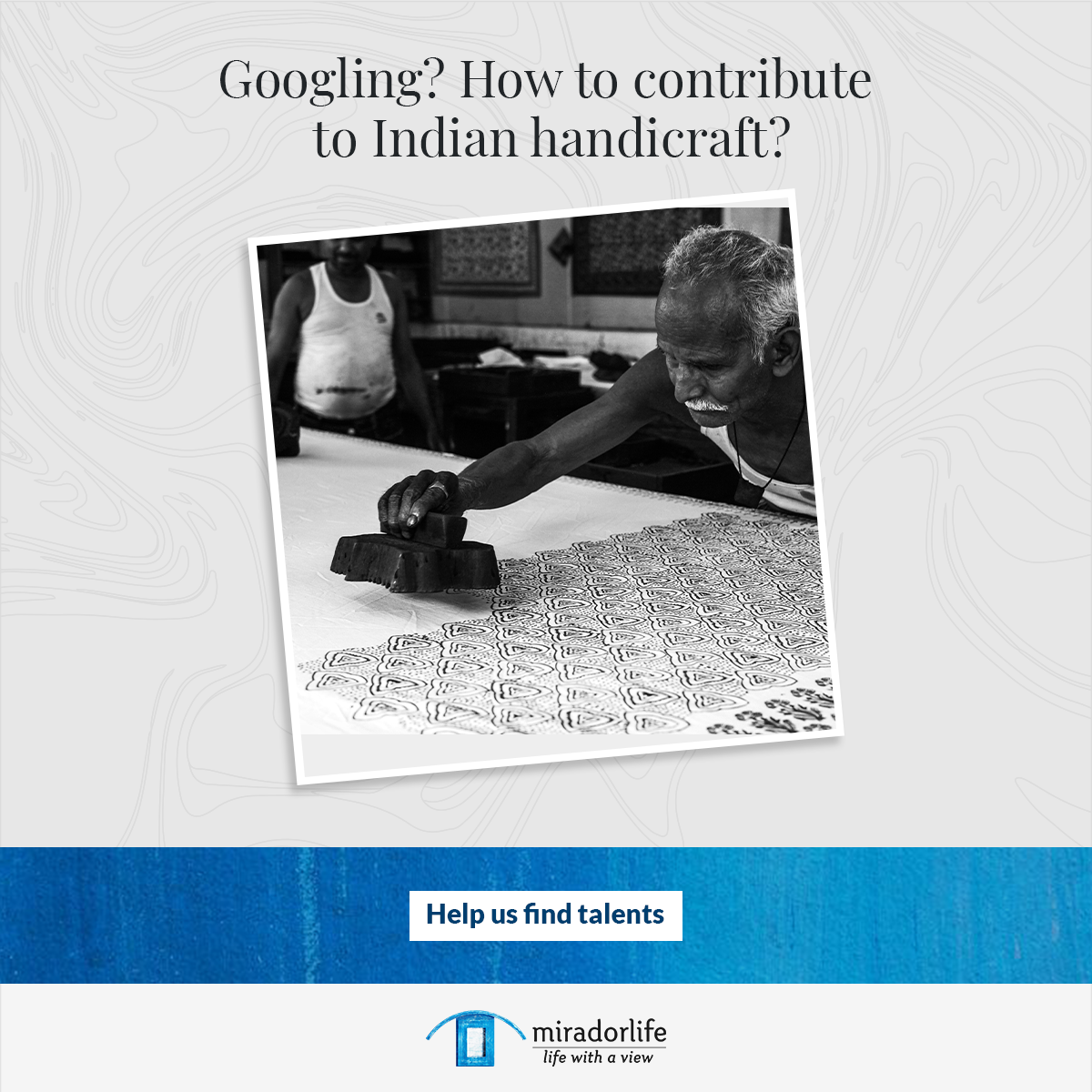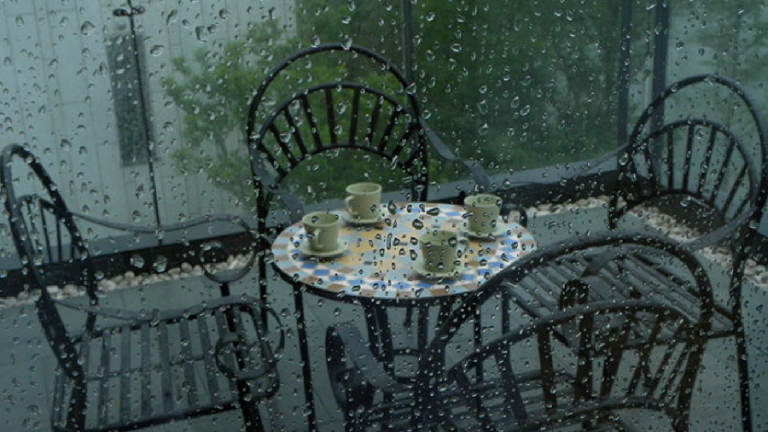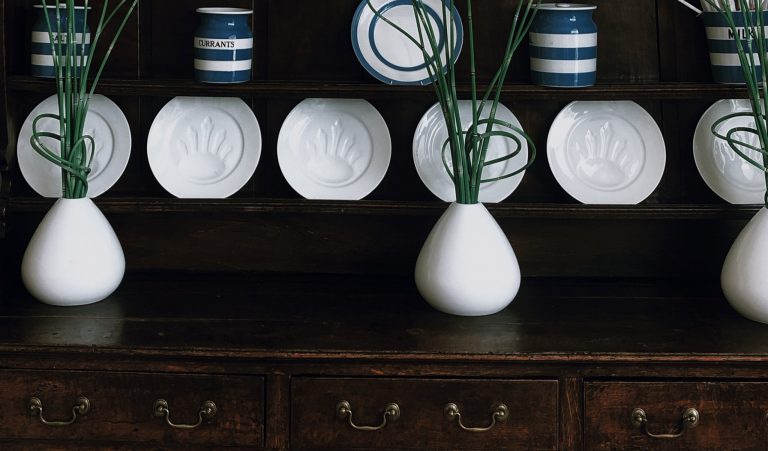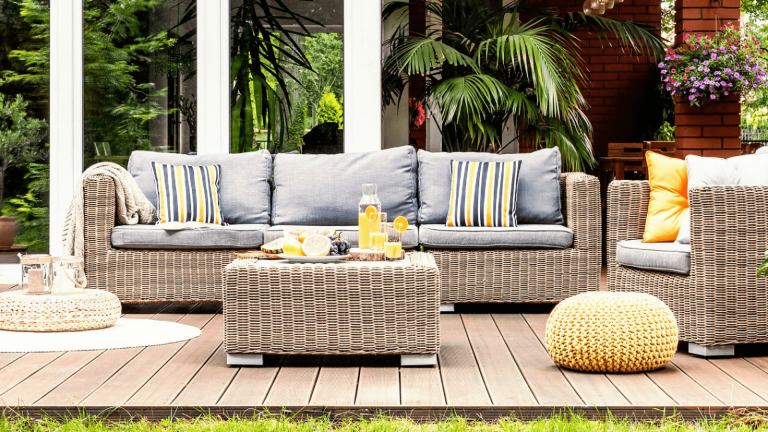2021 is all about sustainability! And the interior design and decor industry is embracing the trend efficiently. Be it in terms of sustainable designs, furniture or furnishings, or the procurement and manufacturing of raw materials; eco-friendliness is the norm.
What is lagging in terms of sustainability is the age-old Indian handicraft. The ongoing pandemic and the subsequent lockdowns have forced the Indian artisans to put a hold on their creation process. Why? Because most of their products fall under the non-essential categories!
A KPMG study for the National Skill Development Corporation (NSDC) (2013-17, 2017-22) had estimated that approximately 7.3 million people depend on handicraft and allied activities for livelihood.
Indian craftsmen belong to the third largest segment among the poor tribes of India.
Talk about our country’s handicraft heritage, our wealth of skilled artisans, and their exemplary artwork is aplenty. The dedicated hands of Indian craftsmen and craftswomen give shape to the beautiful Blue Pottery, Wood carvings, and Bamboo products.
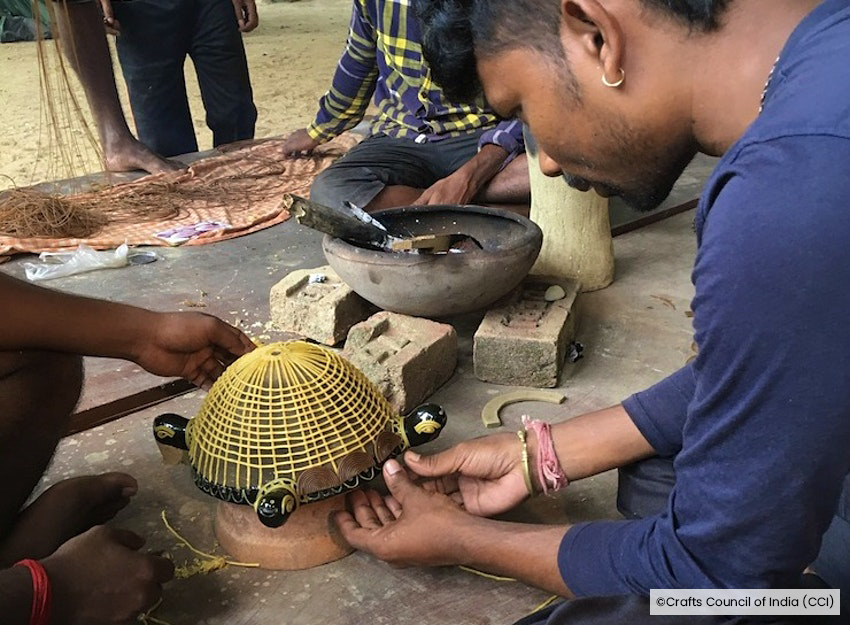
The mesmerizing wall art in the form of Madhubani paintings, Warli art, Rogan painting manifests the artisanal legacy carried forward by our Indian artisans. The Kansaris craft their eye-catching Brass Handicrafts to liven up Indian households with sculptural figurines, furniture, and furnishings. Then, there are the captivating handcrafted terracotta products made of clay, or the natural fibre products made from coir and grass, and the list goes on. Today, our handicraft community is facing hard times.
Before the pandemic, Indian craftsmen used to earn around a regular minimum income of Rs. 4000-7000. Recently, they are struggling to sustain livelihood due to a few looming challenges.
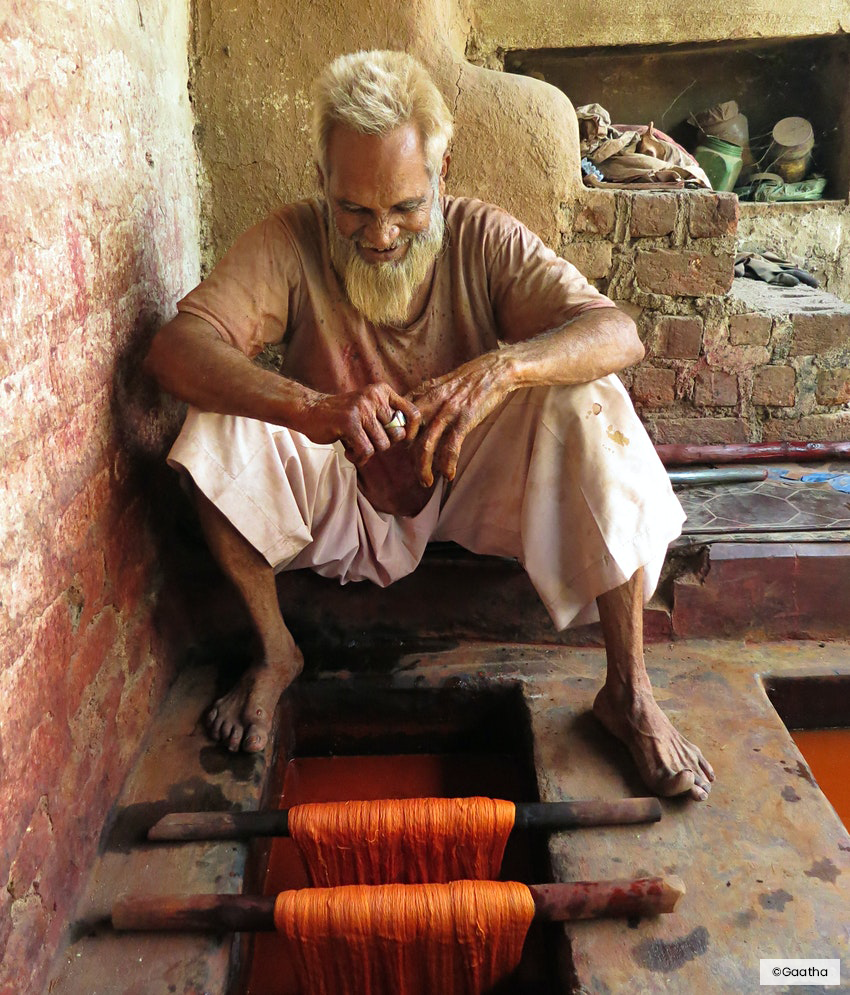
Little visibility in the nation-wide market
The local artisans are finding it difficult to establish a connection with a widespread community. Where a few organisations are helping them to reach a wider audience, their craft needs organic connections that can help them connect with prospective buyers. Due to the lockdowns, their stocks have piled up and they don’t have the means or know how to market their products.
Lesser know how of latest market trends
Handicrafts are the artwork of precision. They demand skilled craftsmanship and years of practice. While Indian artisans are proficient in churning out unparalleled hand-made products, they’re struggling to stay in tune with the innovative trends. It may be due to the lack of financial capacity to infuse new technological trends or inadequate training.
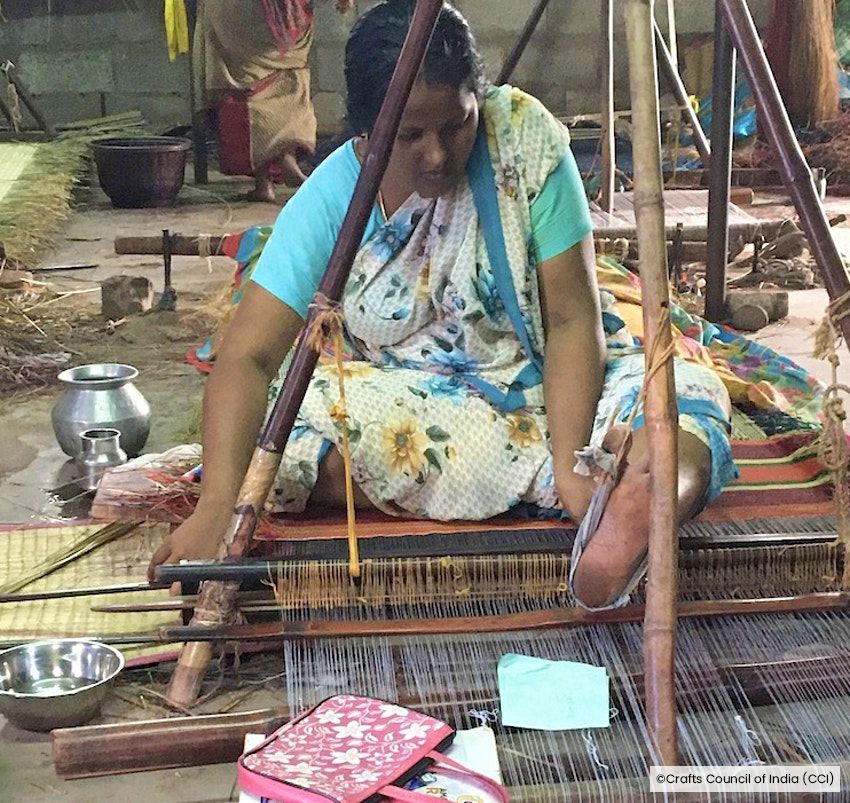
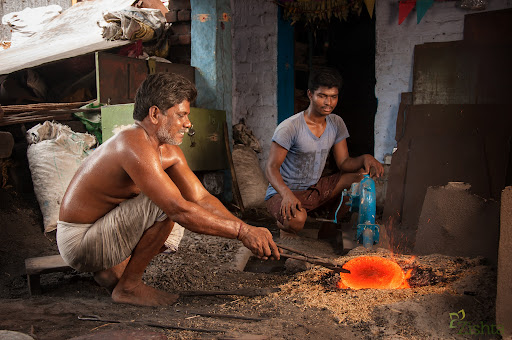
Lack of knowledge of potential market
The Indian handicraft community is indigenous to rural areas. There, the artists still believe in the old school methods. Due to the increasing globalization of markets, the western trends are influencing the Indian audiences’ choices.
As the Indian artisans are not tech-savvy, they’ve difficulty in understanding how to tailor their products to changing demands.
Diminishing physical exhibitions and trade fairs
The pre-pandemic handicraft exhibitions were a ray of hope for the Indian artisans where they used to showcase their skills and products. The trade fairs were the only means of building connections with the audience outside their regions.
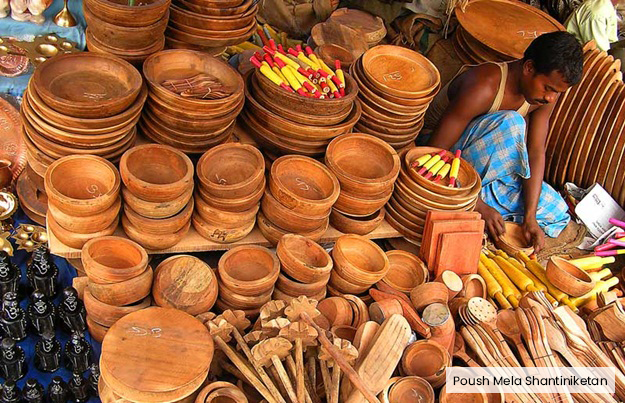
Now the raging Covid-19 has snatched that chance from them too. With the diminishing resources of physical marketing, they need more digital outreach.
<!– –>
.container{
max-width: 100%
}
.row{
display:flex;
}
.col-sm-6{
width: 50%;
margin: auto;
}
@media(max-width:768px){
.row{
display:block;
}
.col-sm-6{
width: 100%;
margin: auto;
}
}
.n_miradorhome12 {
background-color: #0069b5;
font-style: normal;
font-family: ‘Playfair Display’, serif;
color: #fff;
font-size: 18px;
border-radius: 0px;
text-decoration: none;
/*margin-left: 8%;*/
border: none;
outline: none;
padding: 10px 40px;
}
.n_miradorhome22 {
border: none;
border-bottom: 1px solid #212528!important;
border-radius: 0px!important;
border: none;
width: 95%;
margin: auto;
height: 45px;
}
Subscribe to receive our newsletter and get regular updates
<!–
–>
<!– –>
<!– –>
<!–
–>
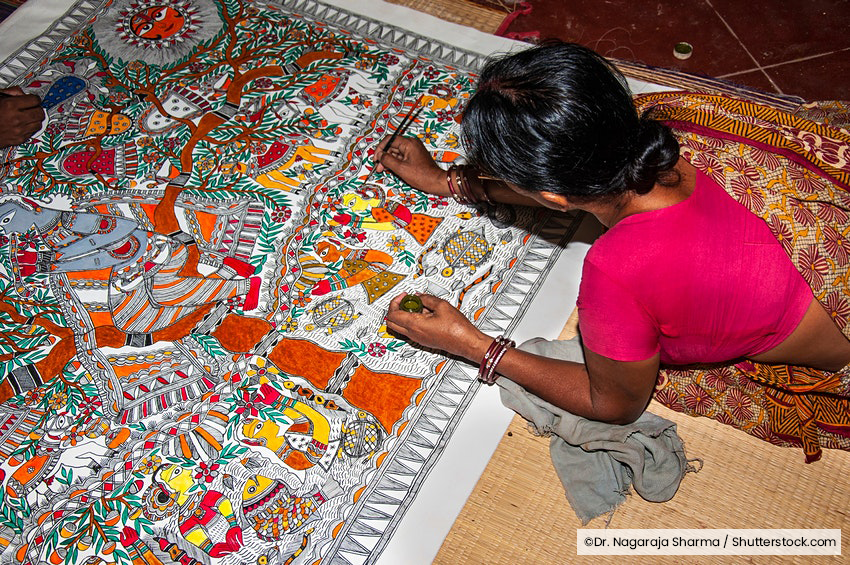
‘A vocal for local’ call from Miradorlife
The handicraft and handloom sector in India is an Rs 24,300-crore industry and contributes nearly Rs 10,000 crore annually in export earnings. The 12th five year plan has projected that this industry would become the largest non-farm sector in rural India swelling its workforce by 10%.
Now is the right time to build a sustainable community with Indian artisans.
At Miradorlife, we believe that out there in the country, there are many talented people. They have acquired mastery in their ancestral handcrafting tradition after years of practice. Yet, they don’t have the right platform to showcase their artwork.
That’s where we need your support. If you know of any Indian craftsmen, an entrepreneur, or an aspiring young talent whose innovative and creative art deserves a platform to grow, please help us connect with them.
We’d love to spotlight their creativity on our exclusive interior design platform with a broad network of enthusiastic consumers. Help us to reach them now.
Connect with us at www.miradorlife.com today!
.margin1{
margin-top:400px!important;
}
/* .margin2{*/
/* margin-top:500px!important;*/
/* }*/
@media(max-width:576px){
.margin1, .margin2{
margin-top:0px!important;
}
}
/*
.entry-content a{
text-decoration:none!important;
color:#4f81bd!important;
}
JOIN 10,000+ SUBSCRIBERS
FOR exclusive access
By signing up, you consent to receive email
newsletters from me periodically.
<!–
SEARCH BY …
–>
Search By:
Categories
I want to read about
Articles
blog
.elementor-11296 .elementor-element.elementor-element-b6677cf > .elementor-widget-container {
/* margin: 0px 0px 0px 0px; */
padding: 0px 0px 0px 0px;
margin: auto;
max-width: 329px;
}
.elementor-widget-container h5{
display: none!important
}
#ocean-search-form-1::-webkit-input-placeholder::before {
content:i Want to read about!important;
}
.form-group{
margin-top:20px;
margin-bottom:20px;
}
.n_outdoor5{
max-width: 90%;
margin: auto;
/* border: none; */
/* border-bottom: 2px solid gray; */
border-radius: 0px;
font-size: 14px;
border-radius: 5px;
color: #212529!important;
background-color:#fff!important;
/* height: 35px; */
}
.n_outdoor15 {
font-size: 26px!important;
color: #222222!important;
font-family: ‘Lato’,sans-serif;
font-weight: 700;
}
Subscribe to our newsletter ELEVATE

Hope you’ve enjoyed reading our blog!
Subscribe to receive our newsletter
and get regular updates
<!–
By submitting this form, you agree to the privacy policy &
terms and –>
<!– conditions
–>
